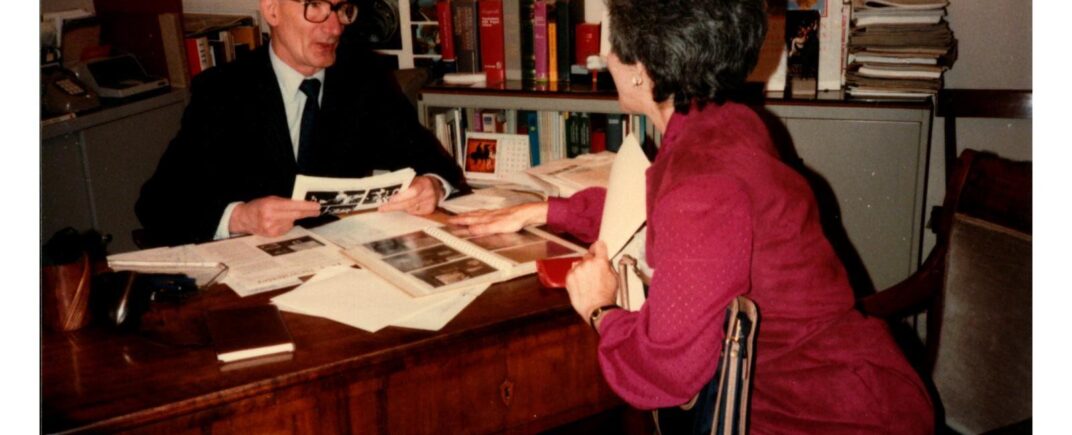Dedication
"You shall see, and your heart shall rejoice; your bones shall flourish like the grass" - inscription on an ashlar block of the Western Wall, Jerusalem (4th cent. BCE) Isaiah 66:13-14 (RSV).
This book is dedicated to my father, Dr. Gabriel Shohet, MD, and his belief in "Kinships" on a human and cosmic scale, and to the four devoted founders of the International Catacomb Society, Dr. Mark D. Altschule, MD, James M. Gavin, Cornelius C. Vermeule, III, Ph.D., and Florence Z. Wolsky, whose wisdom, energy, and selfless guidance will always be interwoven into the fabric of our mission.
About the International Catacomb Society
A few words about the International Catacomb Society, which I was instrumental in founding in 1980. The Society's members, from varied professions, disciplines and faiths, have been dedicated to three priorities: education, ecumenism, and the need to preserve our past. Their devotion has made possible the realization of the Society's goal: to create awareness of the need to preserve and document the catacombs, those rare vestiges of history which illustrate the commonalities of origin and expression of Jewish, Christian, and polytheistic funerary practices during the Roman Empire. The hope is also that our project will serve to foster respect and appreciation for the roots and traditions of all cultures, so closely interdependent in our contemporary world, and we seek to increase understanding among faiths and cultures by circulating exhibits, sponsoring lectures, and disseminating publications on the catacombs and their context in the ancient Mediterranean world.
Author's Preface
Perhaps it is presumptuous to assume that the symbols and myths used by the ancients can be interpreted by those whose understanding is tempered by the cultural and psychological overlays of their own time. But somehow, when the many layers are penetrated, there appears to be certain basic beliefs that endure throughout time, transformed though they may be. Through the study of ancient literature, religion, art history, and archaeology, I have tried to find antecedents for the imagery - both visual and verbal - through which the diverse sects of the Roman Empire expressed their religious beliefs and hopes in the face of mortality during the critical period when Christianity was emerging from Judaism. In this way, I hoped to gain insight into some of the themes depicted and expressed in the art and inscriptions of the catacombs of Rome, the underground burial complexes of tunnels and chambers where pagans, Jews, and Christians laid their loved ones to rest.
Of necessity, a project of this type must be eclectic and subjective, reflecting the predilections and partialities of the author and the areas in which her scholarly research was concentrated. The results depend as well on the accidents of archaeology, preservation, and chance discovery. If the attention in this study appears to be focused more on the Jewish catacombs, it is because they are less well-known than the Christian catacombs; indeed, frequently unknown. Since Christianity emerged from Judaism, this attention seemed appropriate in order to clarify the Judaic roots of, and influences on, early Christian iconography.
This book is the outgrowth of the exhibition, "Vaults of Memory," which was inaugurated at the Boston Public Library in 1979. Like the exhibition, the book has been organized into two main sections with subsections. The first section is introductory, providing historical, social, and topographical background for the second, which is an elucidation of the commonalities, intersections, and shared beliefs of many cultures and faiths at the time of the Roman Empire, with consideration of the use of analogous symbols and rites in earlier cultures of the Mediterranean world. This presentation of the interactions of religious beliefs, in visual terms and in terms of the common ideological concerns of diverse cultures, is made in the hope of increasing understanding among adherents to different religions and among various peoples. The need to preserve the precarious remains of our history is also implicit in this work.
Estelle Shohet Brettman
Boston, 1991
Image credit (featured image): Estelle Shohet Brettman meeting with Walter Persegati, Secretary General of the Vatican Museums.
